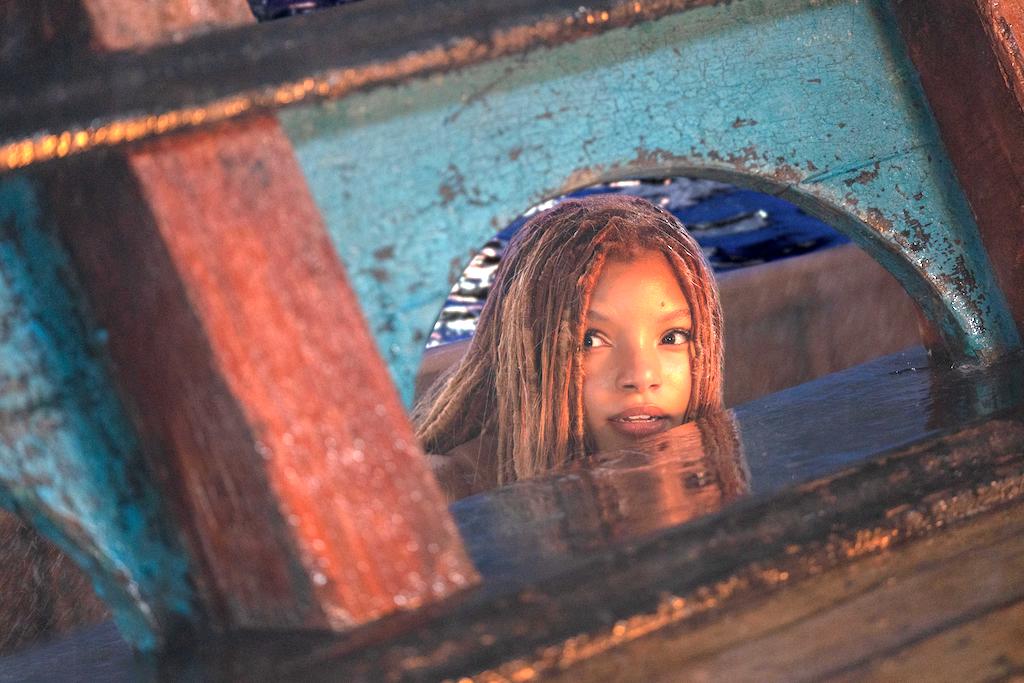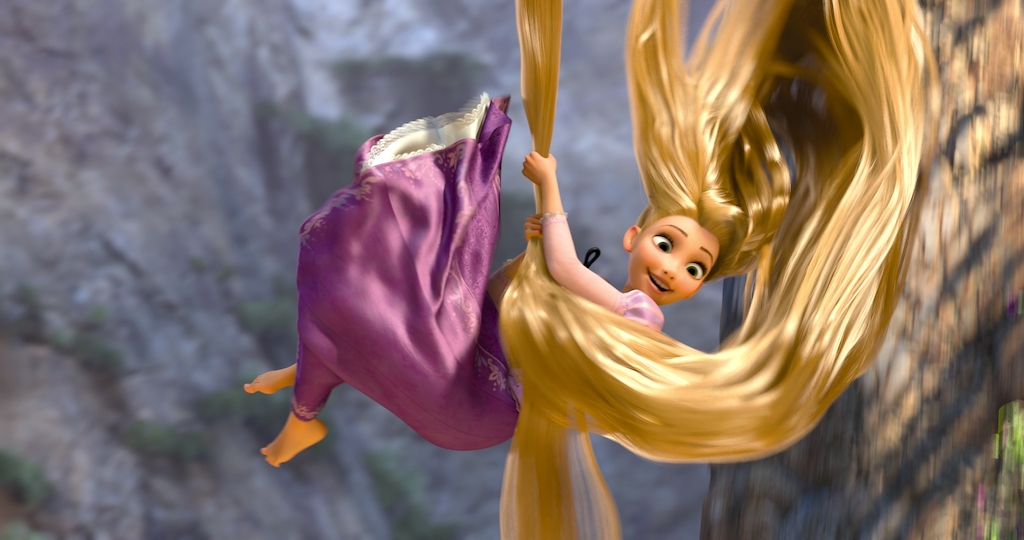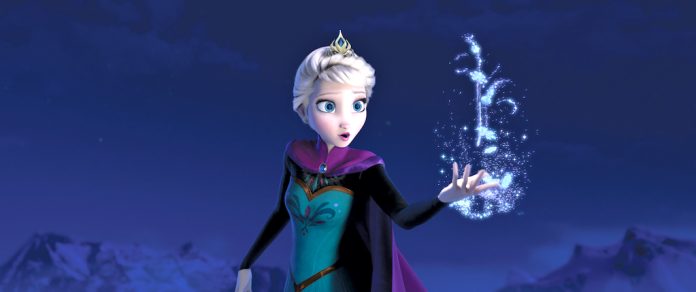For a century, Disney has been crafting magical fairy tale worlds but in the real world the US entertainment giant is breaking the shackles of stereotyping with characters that reflect evolving societal perceptions.
With strong female characters like Ariel in The Little Mermaid remake, Disney is taking the lead in challenging social norms.
The Little Mermaid (2023) stars African American actor and singer Halle Bailey in the lead role as Ariel.
There was some backlash against the decision to move away from the white Disney princess, with critics claiming Disney had ruined a beloved character by forcefully portraying it with black representation.
The Guardian journalist Tayo Bero, in her report “The global backlash against The Little Mermaid” proves why we needed a Black Ariel, argued that The Little Mermaid offered fresh commentary on topics like gender fluidity and patriarchal society.

History of female representation
The journey of gender portrayal with Disney princesses can be split into three different eras.
The first era represents movies released between 1937-1959.
Disney’s first princess Snow White (1937) embodies the ideals of women as they were represented in society in that era.
Snow White, who is as “white as snow”, picks flowers and talks to animals. Her life with the seven dwarves consists of cooking, cleaning and taking care of the household chores. These were all expected of women at this time, according to Gettysburg College’s Jessica Laemle in her report Trapped in the Mouse House: How Disney has Portrayed Racism and Sexism in its Princess Films.
Snow White falls victim to a vain queen, who puts her into an enchanted sleep, and it is up to a man, the prince, to save her.
The other princesses in this era, like Cinderella and Sleeping Beauty, portray similar characteristics.
Cinderella, a caretaker who takes care of the household chores, finds true love and her life is transformed. This movie was released in 1950 at a time when, due to social norms, women were happy at home caring for others and keeping the house clean. The movie promotes the ideology of a successful marriage being the goal for women and the embodiment of living “happily ever after”.
In the next era from 1989-2010 Disney’s princesses reflect a social shift, as women began asserting more independence.
In Rapunzel, Mulan, Beauty and the Beast and The Little Mermaid, the princesses appear more rebellious, intelligent and ambitious.

Ariel from The Little Mermaid (1989) is curious, inquisitive and does not like being confined by rules or norms.
Rapunzel too wants “to break free” from her mundane life of confinement. She seeks the aid of the male lead Flynn Rider to achieve her dream which is to see the floating lights, not to marry.
The last era from 2012 onwards saw another major shift.
In films like Frozen and Brave the princesses are independent and free- spirited. Merida from Brave (2012) is against the institution of marriage.
This princess cares far less about her looks and love than any other princess in Disney’s history, according to Indiana State University’s McKenzie Barber in her report Disney’s Female Gender Roles: The Change of Modern Culture.
Frozen is the first Disney movie to have two lead princesses, who are powerful females that challenge gender stereotypes.
Barber said with Frozen and Brave, Disney was showing how its princesses were now in control of their own lives and destinies.
Racial representation
The most significant shift in Disney’s history of racial representation can be seen with the emergence of the African American princesses.
While the casting of Bailey in the lead role for The Little Mermaid (2023) made waves, Ariel was not the first African American Disney princess.
That title goes to Tiana from Princess and the Frog (2009). Tiana and her love interest, Prince Naveen, are the first biracial couple in Disney’s history.
But this African American princess does not ride off into the sunset towards a happy marriage in a castle. Tiana and her husband successfully open a restaurant.
While this may seem to have a racial undertone, it is a progressive step forward for Disney as it shows an equal partnership.
It proves Disney has been successful in its efforts to adapt to the changing social ideologies and expectations over time.


